

| Created: 2023-03-14 15:31:35 Last Edited: 2024-01-02 21:55:10 | |
| Submitted by: CMDR Marx ☀ on behalf of CMDR =HGLM= Limp Cucumber | |
| Star System: | Phleedgaa UJ-Q e5-185 |
| Coordinates: | -5370.06 / -467 / 34479 |
| Sol Distance: | 34,897.8 ly |
| Region: | Izanami |
| Category: | Notable Stellar Phenomena |
| Category: | Nebulae |
|
| |
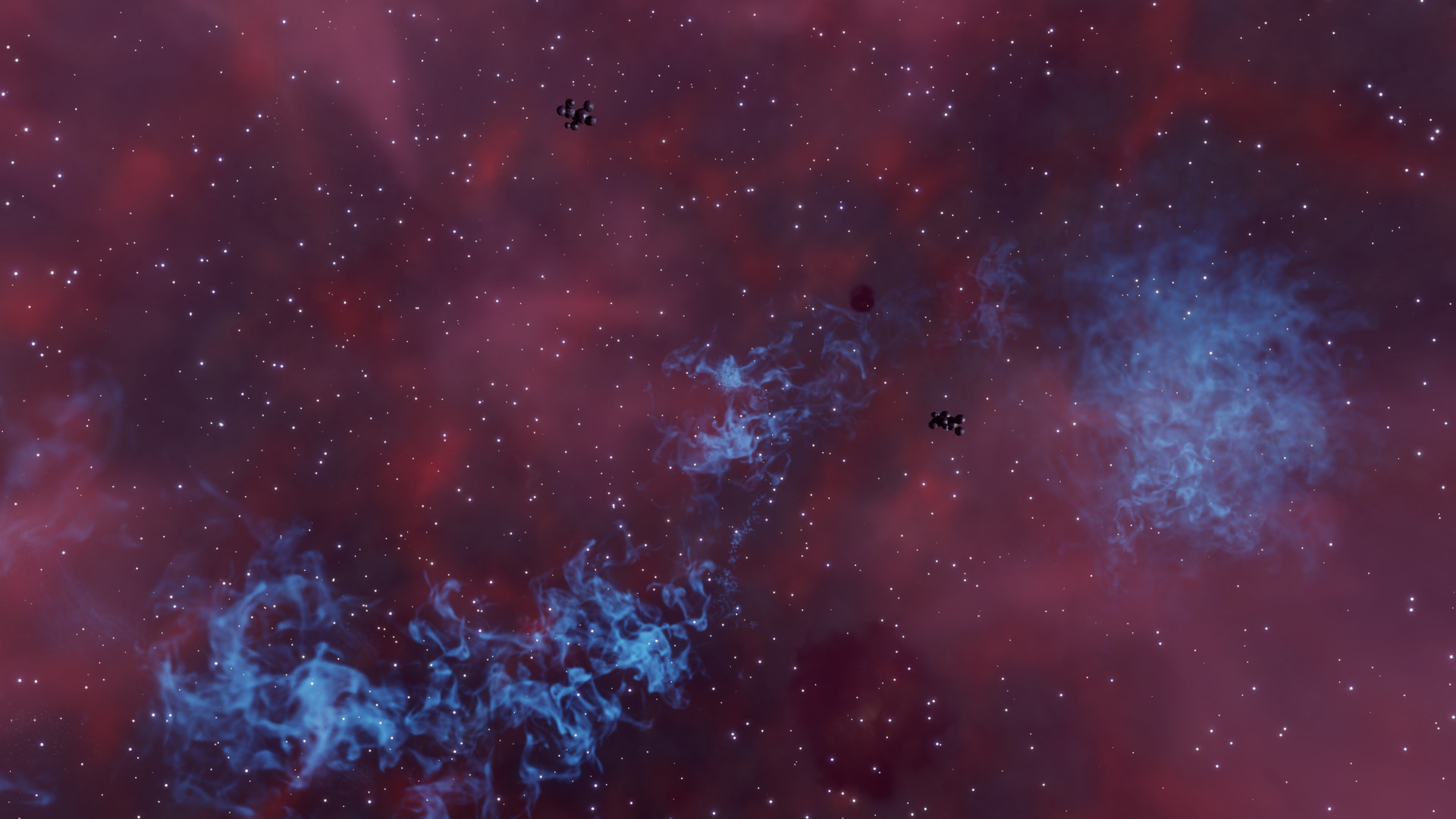 | |
Summary: A planetary nebula with stormy clouds and E03-type Anomalies, in 100 ly around the system. | |
Notice: This POI shares the same star system with a prior existing entry in the Galactic Mapping Project (GMP). You can visit the original entry using the link below: | |
Description: Phleedgaa UJ-Q e5-185, nicknamed the Susano'o nebula after the Shinto god of storms and seas, is at first glance just one of the many planetary nebulae in the Izanami region. What makes it stand out from the rest are the stormy Lagrange clouds that can be found within the system, and the wisp-like E03-type Anomalies that dwell within them. (Which can also be found in systems that meet the spawn criteria up to 100 ly away from the nebula.)
These Anomalies are small, and as their blue light is rather faint, most of the time they can only be seen clearly against a darker background. They tend to wander around, and are often noticed only by the trail they leave behind as they weave through the clouds.
Commanders can approach these lights safely: the only effect they have on ships is that they scramble the ship's displays at close proximity, but they cause no lasting harm otherwise. The wisps also emit vaguely unsettling noises: however, if they are encountered within the storm clouds, this can be difficult to hear over the thunder. According to the Codex, these Anomalies will follow for a short time any ship that approaches them. Recent observations have shown however that they seem to "lose interest" almost immediately. Some Commanders have claimed that the wisps attract thunder strikes, but this is surely just superstition. However, flying into the electrically active regions and getting hit by the lightning can be dangerous. Most ships should be able to withstand them long enough to leave the electrically active parts of the clouds, but it's best not to linger.
The stormy cloud around the first planet (Phleedgaa UJ-Q e5-185 1) is the one that's the most visually striking, as its centre is entirely dark. The only light that can be seen within it is the system's neutron star, and the occasional Anomalies flying around.
Around other Lagrange clouds, such as the one in orbit of the third planet, the Anomalies might not appear blue, as the cloud tints their colour:
Other E03-type Anomalies can be found at Lagrange points around neutron stars within 100 ly of the planetary nebula, which is an oddly large radius: for most other Anomalies, it's 10 ly instead. However, as of 3309 March, storm clouds have only been found inside the nebula proper. | |
| ID64 Address: | 795737041780 |
| EDSM ID: | 7063954 |
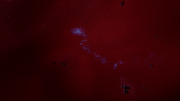
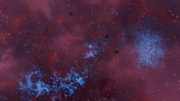
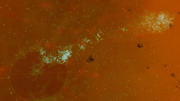


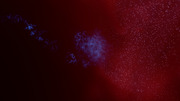
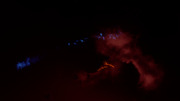
EDSM Traffic Report
| Past Day: | |
| Past Week: | |
| Total: |
EDSM Estimated Value
| Scanned: | |
| Mapped: |
Nearest GEC Neighbors:
| POI Name | Distance | Rating | System |
|---|---|---|---|
| Halcyon's Halo | 305.64 | 6.15 | Phleedgaa CH‑B d1... |
| Brother Wolf and Sister Moon | 1,762.20 | 4.97 | Phroea Blou ZL‑K ... |
| 13 Mu Sagittarii | 1,861.44 | 5.44 | 13 Mu Sagittarii |
| Lockyer's Delight | 2,439.02 | 3.18 | Splojio KS‑S d4‑492 |
| Two Rocks One Ring | 2,498.34 | 5.37 | Ciesau AA‑A e82 |
| Ciel's Dual Ring | 2,733.87 | 3.85 | Phroea Gree AA‑A h45 |
| Scylla's Sanctum | 2,898.45 | 5.96 | Ciesuae AA‑A g159 |
| Vegnue AA‑A h17 nebula (Ts... | 2,916.71 | 6.10 | Vegnue PY‑M b51‑4 |
Nearest GMP Neighbors:
| POI Name | Distance | Rating | System |
|---|---|---|---|
| Splosh | 0.03 | N/A | Phleedgaa UJ‑Q e5... |
| The Majorelle Blue Gate | 452.91 | N/A | Scheau Byoe BA‑A ... |
| Fire Cloud Nebula | 869.28 | N/A | Scheau Byoe AF‑P ... |
| The Well of Expectations | 1,133.26 | N/A | Hypiae Briae KM‑W... |
| Wizard's Hat Nebula | 1,336.07 | N/A | Phroea Bluae LI‑E... |
| Brother Wolf and Sister Moon | 1,762.20 | N/A | Phroea Blou ZL‑K ... |
| 13 Mu Sagittarii | 1,861.44 | N/A | 13 MU SAGITTARII |
| Titans' Rest | 1,937.02 | N/A | Scheau Bloo JZ‑M ... |
Carriers Last Seen in this System:
| Callsign | Name | Date |
|---|---|---|
| TZN‑9XN | TNKS QUIT OP‑IDA ODY | 2025‑12‑18 04:29:41 |
| B2L‑51Y | 2025‑10‑13 16:58:45 | |
| Q0N‑0HX | TNKS QUIT OP‑IDA | 2025‑04‑10 14:15:33 |
Revision History: